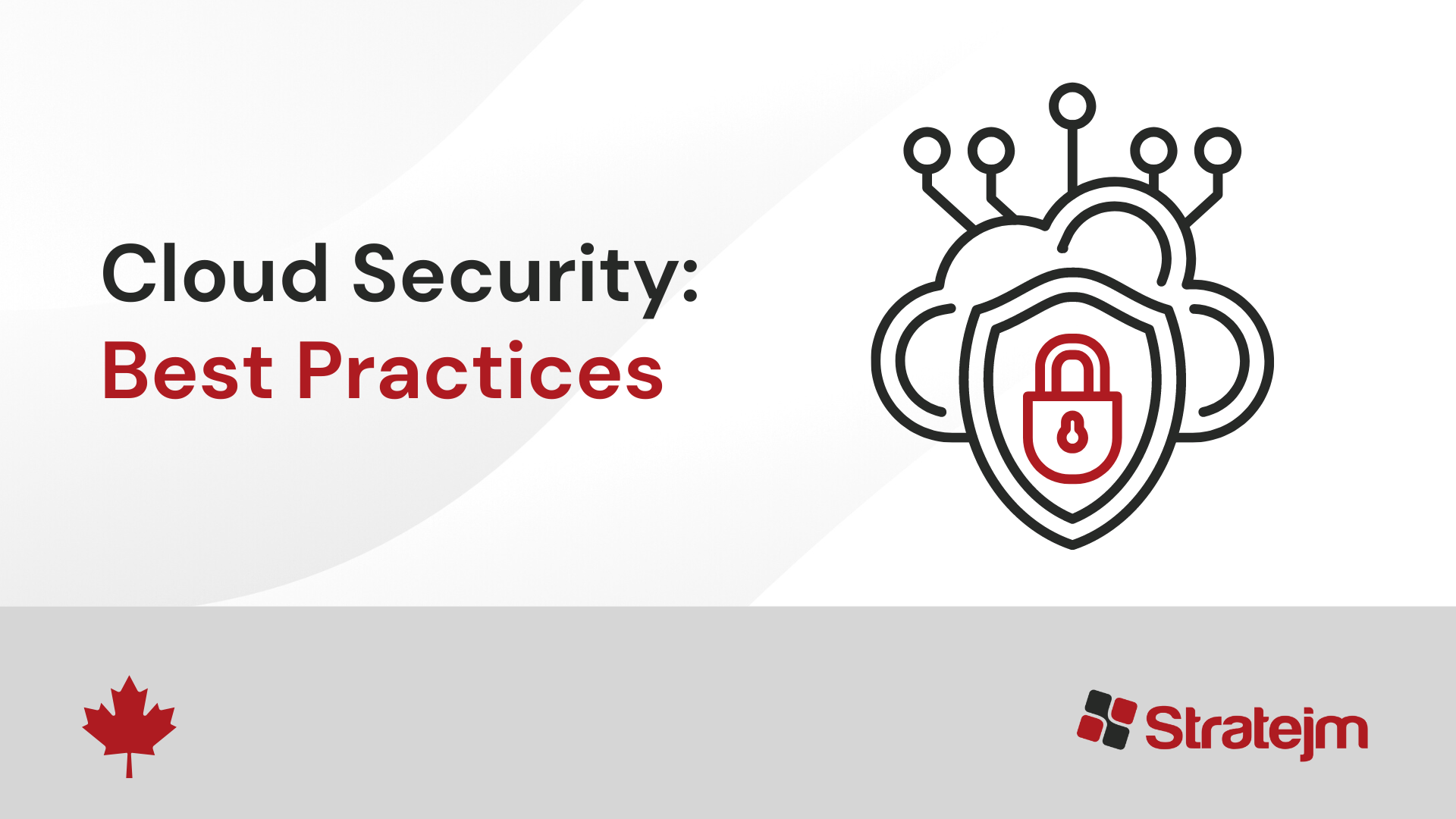
Cloud Security Best Practices
With cloud computing, security has always been one of the biggest concerns among enterprises considering its adoption.
The idea that sensitive data and key applications will be run on third-party, online-based infrastructure has been a tough one to swallow for many.
Despite these concerns, however, cloud-based security systems have performed significantly better on average when compared to legacy, perimeter-based ones. A recent Gartner report predicted that cloud-based Infrastructure-as-a-Service (IaaS) workloads will suffer at least 60 percent fewer security incidents than those in traditional data centers.
Cloud security also brings a number of benefits, including:
- Access to Massive Scale and Resources – Cloud security providers have the resources to invest in large security teams and the latest and greatest security technology
- Flexibility – Cloud security means that organizational resources are available 24/7/365 from any location with a network connection
- Regulatory Compliance – Many cloud security solutions are designed with regulatory compliance in mind. Many will even offer automatic regulatory compliance functions, effectively eliminating the need to keep track of new regulations
- Availability and Support
Despite these benefits, however, cloud security still represent a significant attack surface that will always be a potential target for cybercriminals looking to exploit your data.
It is therefore crucial that organizations have a clear understanding of their cloud security environments when implementing security controls.
Here are some best practices to keep in mind to ensure that your cloud environments are adequately protected:
1. Know your Cloud Security Responsibilities
You might be surprised to learn that the vast majority of cloud-related security incidents are caused by cloud misconfigurations and inconsistent access control rather than an inherent security issue found in the platform itself.
All too often, organizations implement cloud security solutions without taking the time to properly understand which party is responsible for which aspects of security.
Taking the time to study your cloud providers’ policy and guidelines will help ensure that there are no security incidents that occur because of a simple misunderstanding.
2. Use Regulatory Compliance as a Guideline
Adhering to compliance regulations provides more benefits than just avoiding fines and fees. An organization adhering to regulatory compliance guidelines is also enhancing their security posture.
Many Cloud Security providers have automated compliance functions already built in, effectively enhancing security while eliminating the need to track new or updated compliances.
3. Identity & Access Control
Unauthorized access and account hijacking are perhaps two of the biggest threats to cloud security, creating a need for an effective way to verify employee identities. These issues can be effectively mitigated by deploying an Identity & Access Management (IAM) solution.
IAM solutions allow organizations to define and enforce access policies that assign specific rights to users based on their role in the organization.
In other words, a low-level employee will not be able to access the same files that a system administrator would. This ultimately helps to ensure that no one can access data that they do not have clearance for.
4. Implement Endpoint Security
Recently, we’ve seen cybercriminals move away from network-based attacks in favour of ones that target user endpoints directly. Defined as any user device including laptops, desktops, and mobile devices, every one of these endpoints is a potential access point for sensitive company information and therefore represents a potential vulnerability that must be protected.
This need for endpoint security will only grow as organizations continue to implement Bring Your Own Device (BYOD) policies where employees can use their personal devices to access and modify cloud data.
With this in mind, the most effective way to mitigate these risks is to implement an Endpoint Detection and Response (EDR) solution, which will typically leverage Artificial Intelligence and Machine Learning to provide 24/7/365 endpoint protection.
Additionally, many cybersecurity companies can provide EDR as a service. For example, Stratejm offers an Enhanced Managed Detection & Response (e-MDR) platform offering real-time automated detection and response.
5. Double-Check your Security with Penetration Testing
Even with the most cutting-edge tools available, there could still be undetected security gaps that appear in your cloud infrastructure.
If these gaps are not discovered and mitigated, your organization is essentially left wide open for criminals looking to gain access. The only way to know for sure if your security system is effective is with a penetration test – A simulated attack on a security system designed to identify any potential gaps or vulnerabilities.
Ensure that these tests are run on a regular basis so that your security system is as effective as possible.

